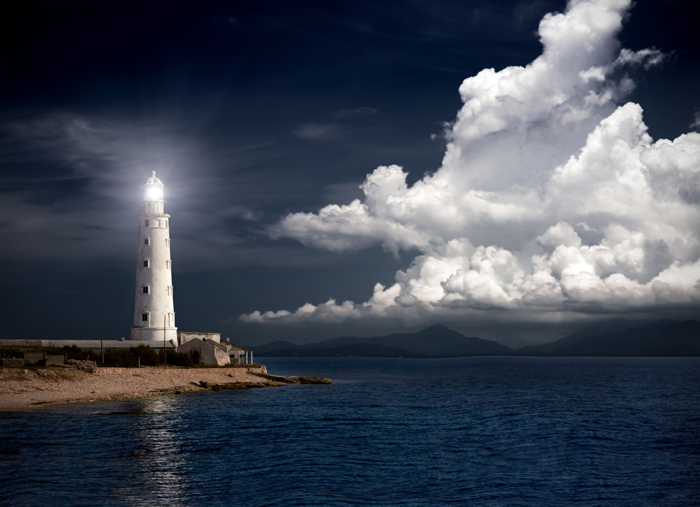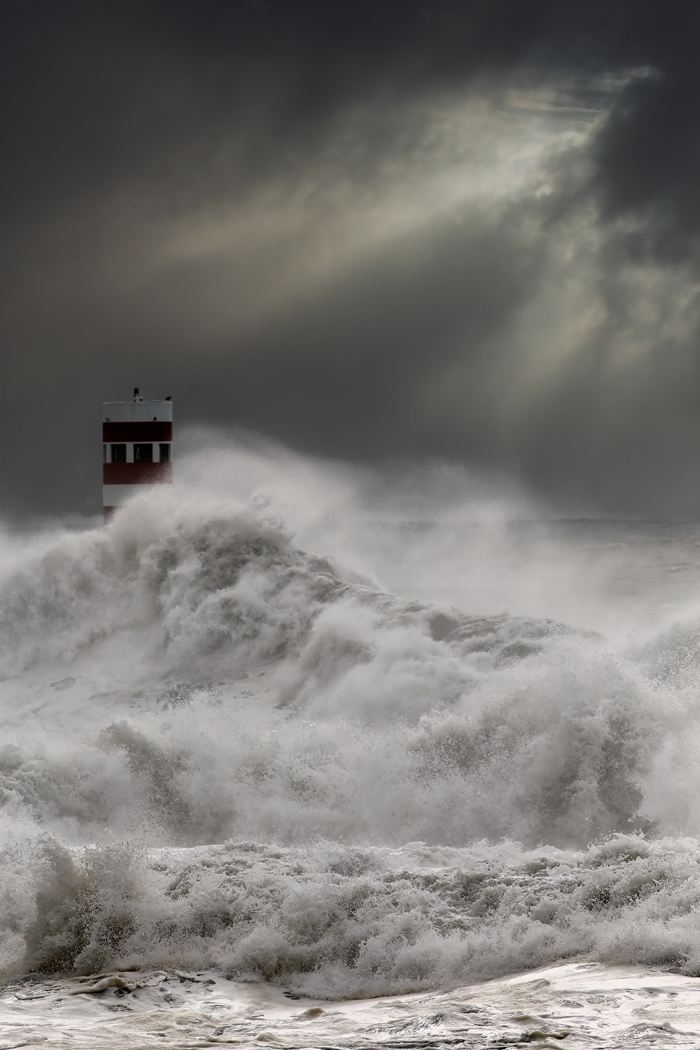
“Sometimes, amidst of all the wars,
All you need to become is
The lighthouse not the sword.”
— Akshay Vasuor
.
For more than thirty years I have worked in the field of Change Management. In that time, I have helped hundreds of organizations weather the storms of crisis, concerns, and collapse. My focus has always been on creating sustainable organizations with strong, effective, inclusive leaders.
Over time, I have come to consider this style of leadership as Lighthouse Leadership.
Organizations, like ships, have ports of embarkation and ports of disembarkation. Very often, the organizations we have been employed to help find themselves in the dark, being battered on hidden shoals and boulders. It’s not that these obstacles were unanticipated; any competent captain knows what potential disasters can lurk in the dark waters of the future. It’s being able to see those disasters, avoid them, or successfully work through them.
That’s good leadership.
That’s Lighthouse Leadership.

Here are four traits that characterize Lighthouse Leadership.
.
- Lighthouse Leaders are spiritually strong and clear. They know that the strength of their organization is determined largely by their personal and organizational strength, both in calm seas and rough. If they cannot withstand the forces of the storm and project an unbending strength, then it is unrealistic for the rest of the team members to be strong, calm, or clear. Lighthouses are without value unless they are built to withstand the most severe of storms.
. - Lighthouse Leaders shine in the darkest moments. In cyclical/chronic times (nighttime, budgets, etc.) as well as random/acute times (hurricanes, financial crises, etc.) they need to be the light that helps others to see. They need to be the leaders who will help forge new futures.
. - Lighthouse leaders facilitate more than they fix. They need to ask more than tell, and listen more than talk as they bring out the best in their team. They need to lead the organization through change while holding unshakably to its core values.
. - Lighthouse leaders must have the confidence to stand alone and trust the power of their light. The beacon of the lighthouse does not well illuminate the space immediately around the lighthouse. Lighthouse leaders have to trust in the knowledge that their light is their strength and that its existence may not be as visible to them as it is to others.
“Inside my empty bottle,
I was constructing a lighthouse
While all the others
Were making ships.”
— Charles Simic
“There are times when the ocean is not the ocean – not blue, not even water, but some violent explosion of energy and danger: ferocity on a scale only gods can summon. It hurls itself at the island, sending spray right over the top of the lighthouse, biting pieces off the cliff. And the sound is a roaring of a beast whose anger knows no limits. Those are the nights the light is needed most.”
— M. L. Stedman
“The Light Between Oceans”


“If you are a lighthouse,
You cannot hide yourself;
If you hide yourself,
You cannot be a lighthouse!”
— Mehmet Murat ildan
Here Are A Few Questions About Lighthouse Leadership
- What examples of leadership have you seen that best represent the traits of a Lighthouse Leader?
. - What experiences have you had in developing Lighthouse Leaders in your clients?
. - Please feel free to share those experiences with all of us!
Leslie

Recent Comments